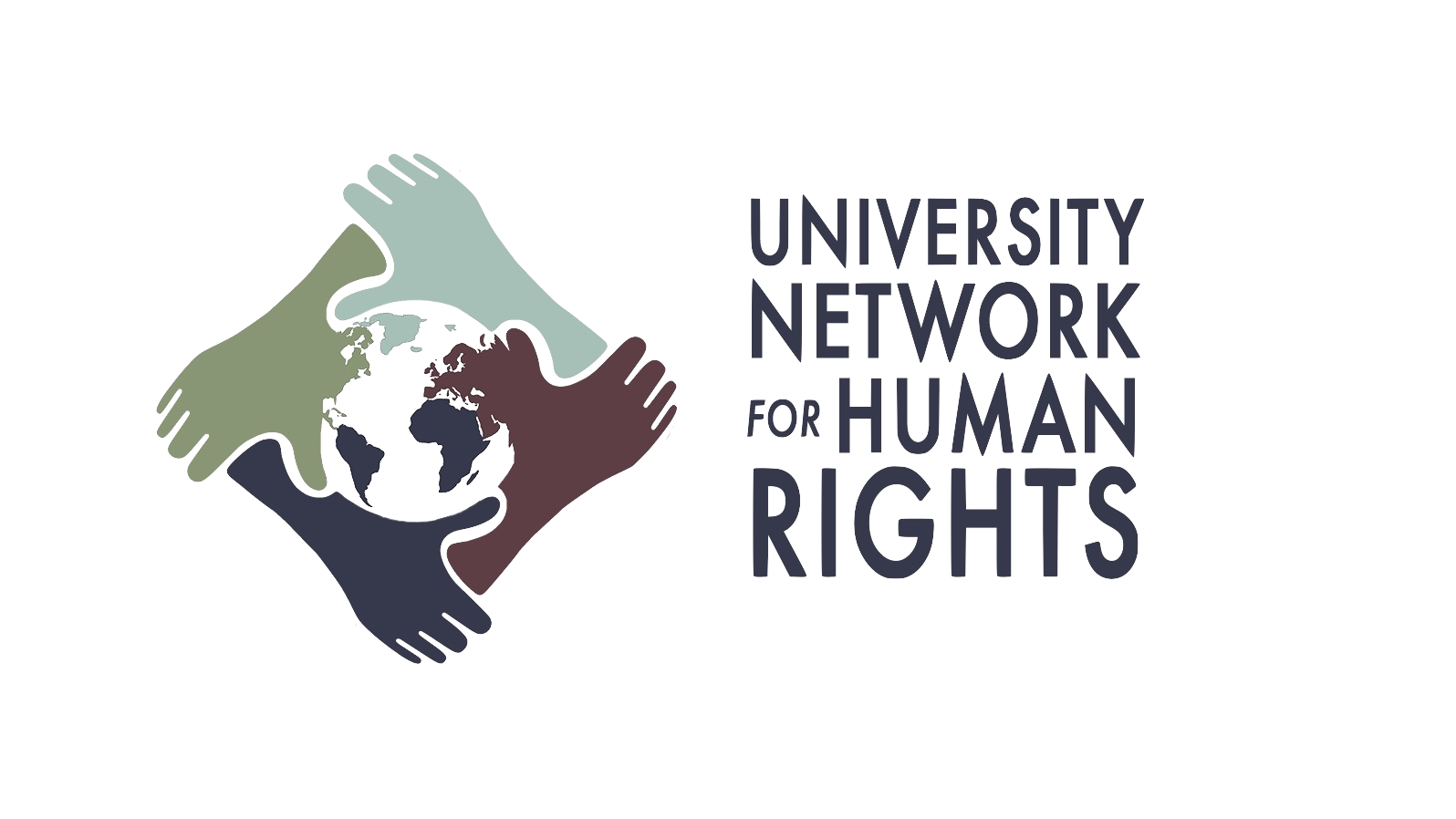Reposted from The New Yorker
By: Jeanie Riess
Michael Regan, the head of the Environmental Protection Agency, takes a bus ride with current and former residents around Mossville, a once-thriving African American enclave wiped out by toxin-producing factories.
Mossville, an African American enclave outside Lake Charles, Louisiana, was founded by formerly enslaved people in the late seventeen hundreds. In its prime, it had its own high school and beauty salon; the streets were lined with fruit trees. But when Michael Regan, the head of the Environmental Protection Agency, visited Mossville and met with a group of current and former residents recently, as part of his tour to investigate environmental injustice across the South, he saw concrete slabs and overgrown lots spread beneath a small city of industrial towers and gas flares.
“I just want you to imagine what it was like,” Carolyn Peters, the president of Concerned Citizens of Mossville, a local advocacy group, said. Sitting next to Regan on his tour bus, she asked the driver to slow down, and peered out the window. “They had a little club on the corner, and families lived down that street. We had stores. We had churches for different denominations. We had filling stations. My memory is how beautiful it was. See, that’s what I cherish, and that’s been destroyed.”
Regan nodded solemnly. He wore a suit jacket with bluejeans. Someone asked whether the black mask he wore was for covid or air pollution. “Both, in this case,” he said. Patches of air outside were hazy with gas, but even Regan occasionally appeared not to grasp the extent of Mossville’s destruction. “What’s the population of children?” he asked.
“Here? Now?” Peters said.
“There’s no school!” Stafford Frank, whose family settled in Mossville in the nineteen-fifties, said from one row back.
In 2001, Sasol, a South African chemical company whose fuel-and-polymer plant ninety minutes outside Johannesburg is the biggest single emitter of carbon dioxide on the planet, moved into Mossville. The area had already been inundated by more than a dozen other chemical plants, and the people who lived there were sick. A study from 1998 found that their blood contained three times the average amount of dioxins—toxic compounds that cause cancer, infertility, and developmental problems. Most Mossville residents had sold their homes and left. Sasol bought out those who remained. Black families were offered less than white families who lived nearby. Many families didn’t want to give up their land. One man, who became the subject of the documentary “Mossville: When Great Trees Fall,” simply refused to leave; the plant was built around his property, his electricity and water were cut off, and he broke out in boils. Today, only a handful of people claim residence.
The bus pulled over on Bel Air Street, where a few boarded-up homes still stood. Peters gestured to a gas flare visible behind Sasol’s gate. Regan asked, “What was the population here?”
“Back then, families were a little on the larger side,” Frank said. “We had ten in our family! And our neighbors had twelve. So the population was probably five thousand at its height.”
As the tour continued, with miles of industrial pipes and tubes passing by outside the windows, Peters pointed out the driveway of the old high school. “I played football there,” Karl Prater, a Mossville resident, said. Regan asked what position.
“Halfback.”
“All right!” Regan said.
“We used to have Little League,” Peggy Anthony, Frank’s sister, added. “My brother played.”
